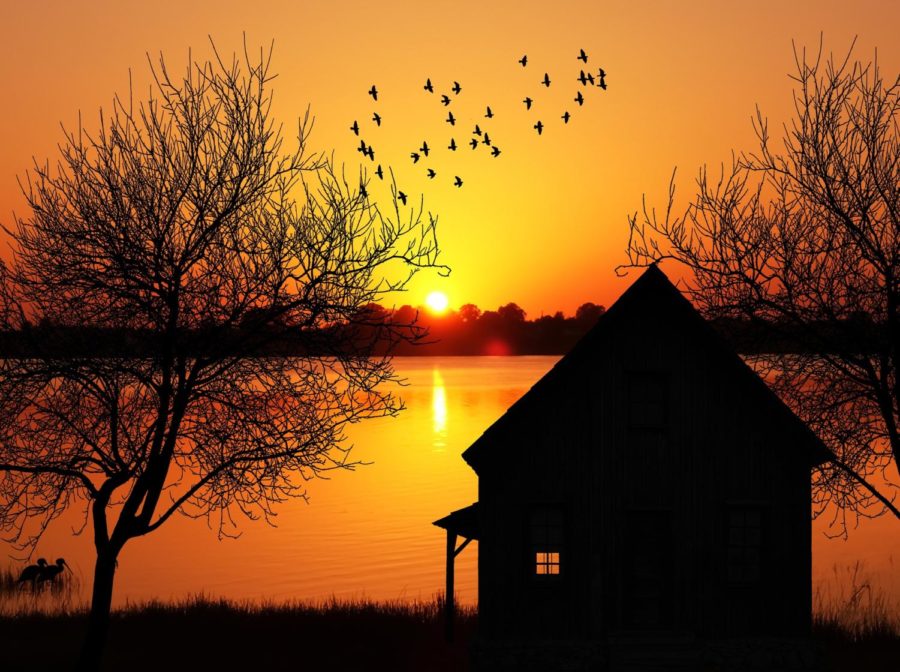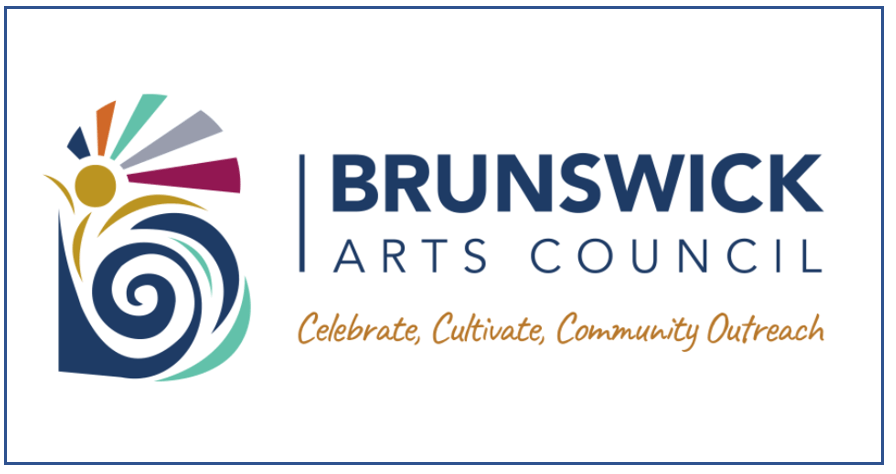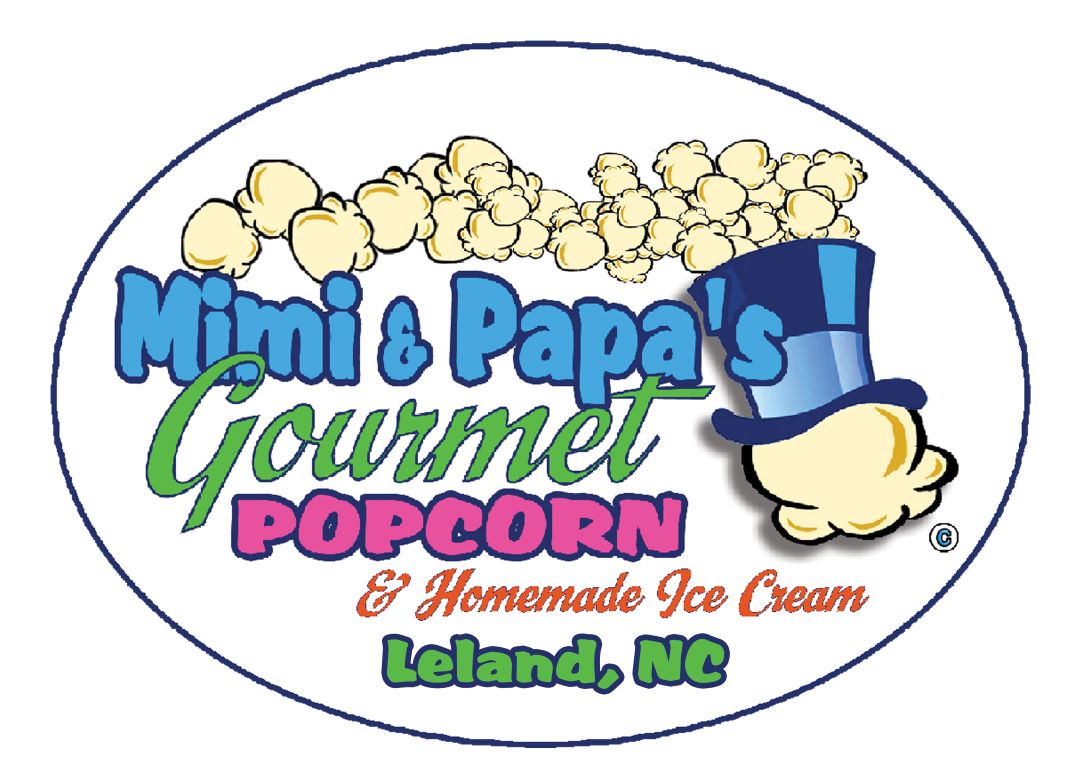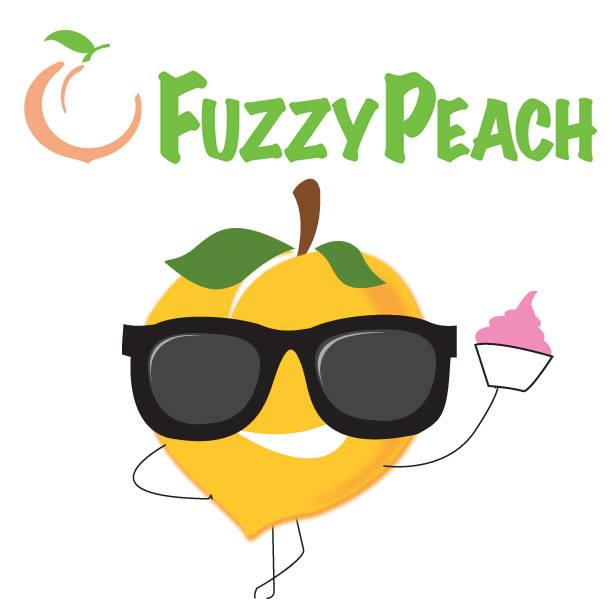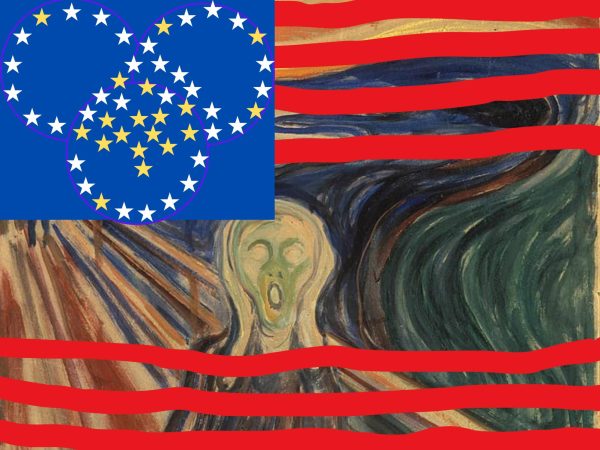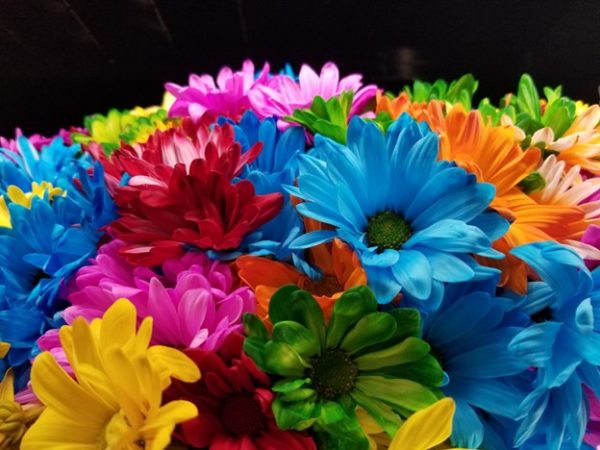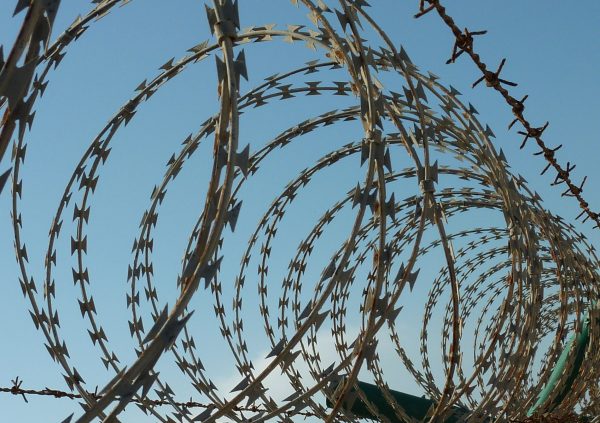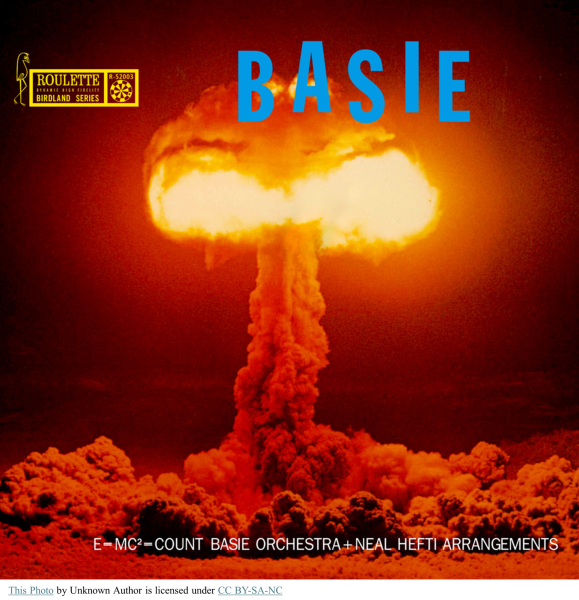Memorable Childhood Vacations
A Cabin in the Woods
March 1, 2023

Think back to your favorite childhood vacations. Where did you go? What did you do? What was most memorable about them? Now hold those thoughts.
This past Christmas, our son bought my husband and me subscriptions to Storyworth, an online program designed to capture your life stories, memories, and photos through weekly prompts. At the end of a year, your stories are preserved in a keepsake book that you can share with your children and grandchildren.
One of our first questions was, “Where did you go on vacations as a child?” Although we each drafted our responses independently, the similarities of our stories were striking. In both cases, our most memorable vacations involved repeated trips to rustic cottages on secluded New England lakes. The cabins had inviting names—Blueberry Knoll and Beaver Lodge—but they were quite primitive by today’s standards: no central heating (just a fireplace or potbelly stove) or air conditioning (pine trees and a screened-in porch sufficed); water closets lacking showers or even flushing water; baths taken in the lake with a bar of soap; and simple dinners consisting of grilled hot dogs, hamburgers, and corn on the cob. Entertainment was exploring the woods, fishing off a rowboat, or diving off rafts near a small beach.
Why did we remember these vacations over others we had taken, like to the World’s Fair, Disney World, or even Europe? One reason is the repetition—by going several years in a row, the memories were etched more clearly in our minds. Like a path created on grass the more you trample on it, the synaptic connections along our brain’s neural pathways were strengthened by repeated visits, allowing us to recall the experiences more clearly. We probably also have more photographs and stories from those vacations that help reinforce those memories.
But what else is at play? Several scientific studies suggest that adults over 30 tend to have more memories from adolescence and early adulthood than from any other time of their lives—a phenomenon known as the “reminiscence bump.” According to this theory, as we form a new self-image, we encode intense, lasting memories relevant to that self. And since adolescence is a key time for developing our competencies and an enduring self-image, it is a period we tend to remember most strongly.
Our parents were likely less stressed and more playful on these vacations. My mother, usually pushing a vacuum or behind the stove at home, would settle down with a good book at Beaver Lodge. My husband remembers his mother returning triumphant from a local produce market with a big basket of fresh tomatoes. He can still see her chomping down on a salt-sprinkled tomato, a bit of juice and a big smile on her face.
Disney World, on the other hand, can be overstimulating and exhausting. Before going, I read a book on how to navigate the different parks to get the best bang for the buck. Yes, we saw a lot, but my relentless drive to hit every exhibit took some of the fun out of it. My son, then four, knows we went because we have a picture of him with Donatello—one of the Ninja Turtles—at MGM studios. But what he remembers more fondly is camping out with his friend in the hotel’s walk-in closet.
When it comes to childhood vacations, they don’t have to be elaborate or expensive. Being present, laughing together, and sharing fun stories afterward may be all it takes to make a trip memorable. So, what about you? What are your favorite childhood vacations? What makes them so unforgettable? And how might you design a trip that your children or grandchildren will remember fondly years later?

